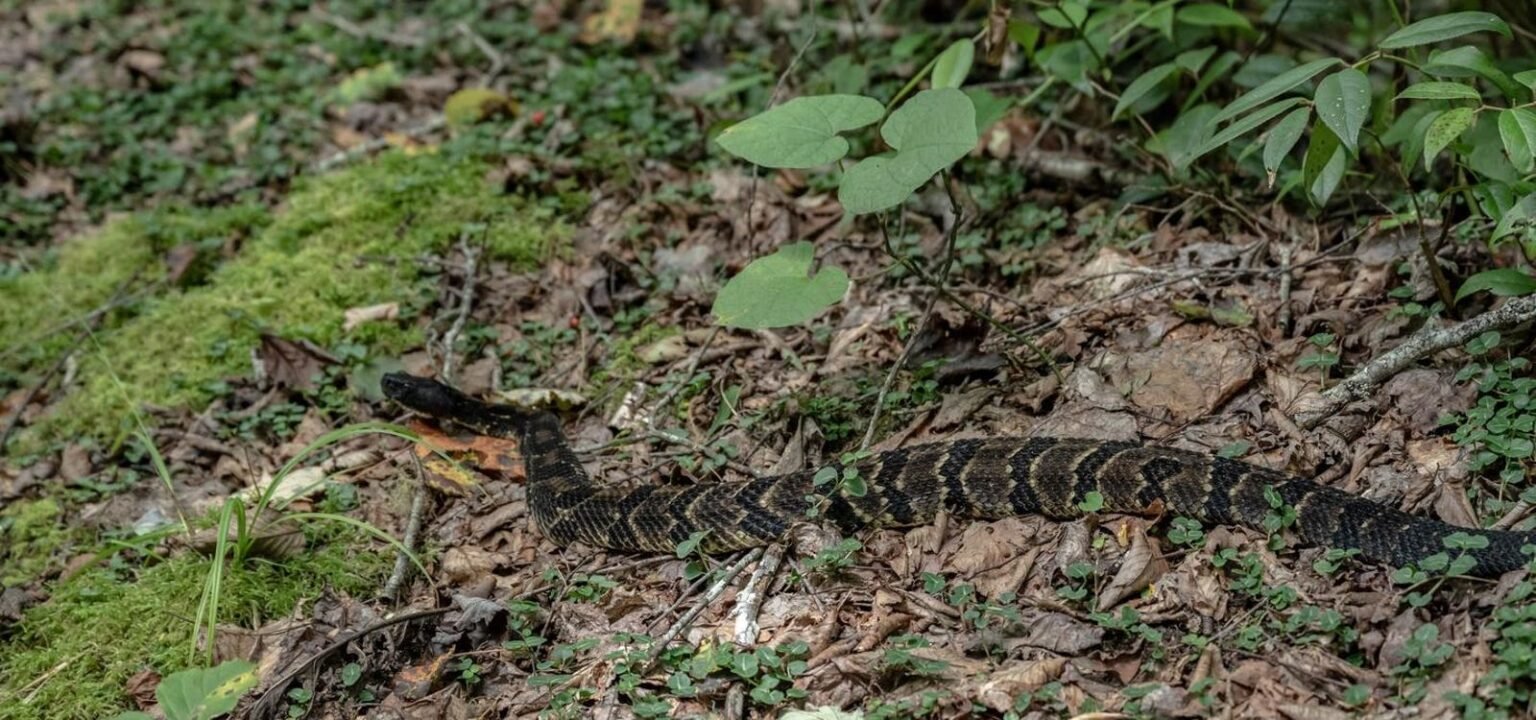The Great Smoky Mountains National Park is the most popular national park in the United States, attracting over 13 million visitors in 2023. Known for its natural beauty, the park features mist-covered mountains, lush forests, cascading waterfalls, and abundant wildlife, making it a haven for nature lovers and photographers. The park’s biodiversity is remarkable, with a variety of plant and animal species, including black bears, elk, and deer. Additionally, the park preserves remnants of Southern Appalachian mountain culture, showcasing historic log cabins, churches, and homesteads that provide insight into the region’s past.
Recreational opportunities within the Great Smoky Mountains National Park further contribute to its popularity, with hundreds of miles of hiking trails, camping, fishing, picnicking, and wildlife viewing options available. Scenic drives like the Newfound Gap Road and Cades Cove Loop Road provide access to some of the park’s most scenic vistas and historic sites. However, visitors should be aware of the potential dangers within the park, including encounters with venomous snakes.
Two species of venomous snakes can be found in the Great Smoky Mountains: the timber rattlesnake and the copperhead. The timber rattlesnake is characterized by its robust body, distinctive rattle, and color patterns ranging from yellow to black. While their venom is potent, timber rattlesnakes are generally non-aggressive and will only strike if threatened. The copperhead, recognizable by its copper-colored head and hourglass-shaped bands, is a master of camouflage blending seamlessly into the forest floor. Visitors should remain vigilant, stay on marked trails, and avoid disturbing these important predators.
In addition to the venomous snakes, the Great Smoky Mountains are home to around 20 other nonvenomous snake species. Common nonvenomous species include the black rat snake, black racer, eastern garter snake, and northern water snake. Vibrantly colored nonvenomous snakes such as the eastern milk snake and rough green snakes may also be observed in the park. Small, inconspicuous nonvenomous species like the eastern worm snake and northern ring-neck snake play crucial ecological roles and contribute to the local ecosystem. It is important to appreciate and respect these nonvenomous snakes for their beauty and contributions to the park’s biodiversity.
While the Great Smoky Mountains National Park offers a wealth of opportunities for outdoor recreation and exploration, visitors should be prepared for encounters with wildlife, including both venomous and nonvenomous snakes. By educating themselves about the potential risks and taking necessary precautions, visitors can enjoy their time in the park safely and responsibly. Whether hiking along scenic trails, camping under the stars, or exploring historic sites, the Great Smoky Mountains National Park offers a diverse and captivating experience for all who venture into its mist-covered mountains and lush forests.

